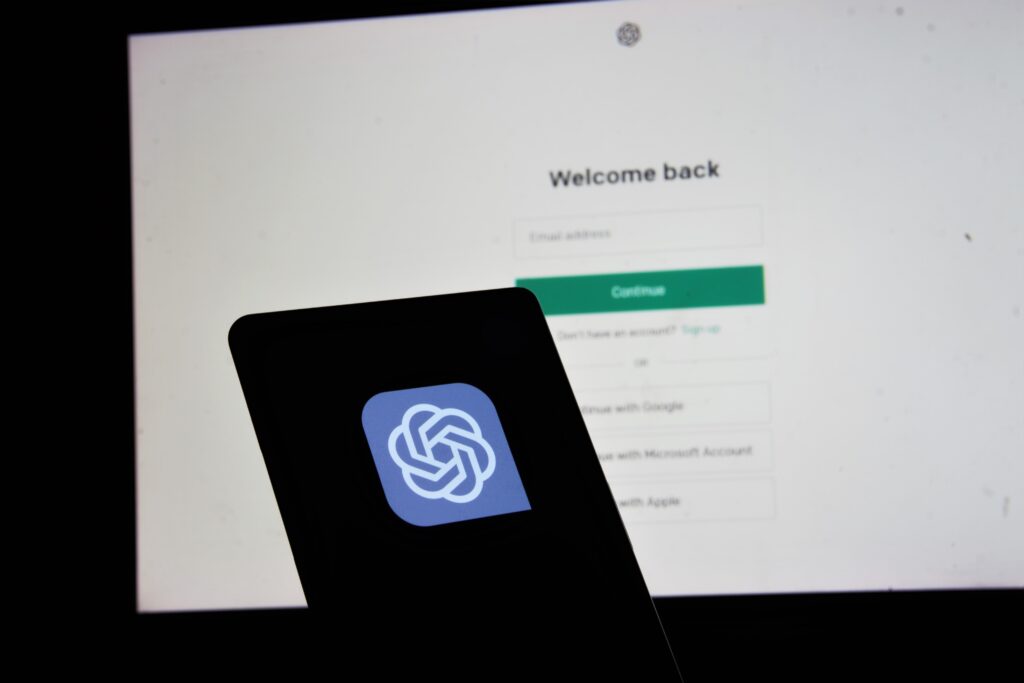The great promise of digital advertising was the ability to measure performance and optimize programs. And unlike traditional forms of media, marketers using digital ads would have detailed visibility into attribution.
Digital advertising has helped brands big and small reach their target audience using a number of platforms and networks. Self-service tools and reporting allow even part-time marketers to launch campaigns and track their progress.
But digital advertising hasn’t always lived up to its potential. There are a number of platforms where businesses can buy ads, including giant media companies like Google and Meta. Each has its own reporting tools, which makes cross-channel measurement a challenge for many marketers.
The ever-changing privacy landscape has also made it more difficult for marketers to get accurate attribution data and will likely get more restrictive moving forward.
RELATED EPISODE: Which B2C Tactics Will Help Improve Your B2B Marketing?
In this episode of the B2B Nation podcast, we talk to Clay Cohen of Measured. His company helps marketers make more-informed marketing decisions around their media spend with a special focus on incremental media contributions.
Join us as we discuss the importance of unified measurement of media, how privacy regulations and vendor moves to protect data impact digital media, and how marketers should approach an economic slowdown.
Episode Guide
2:30: Are marketers properly understanding and using the vast amount of data generated by their media?
5:33: Why are marketers reliant on last-touch attribution despite all of the tools and data at their disposal?
9:16: What is the impact of privacy regulations and data privacy policies on media tracking?
15:17: How will a down economy impact how Clay and his colleagues market their tools?
19:22: What is Clay’s favorite tool?






